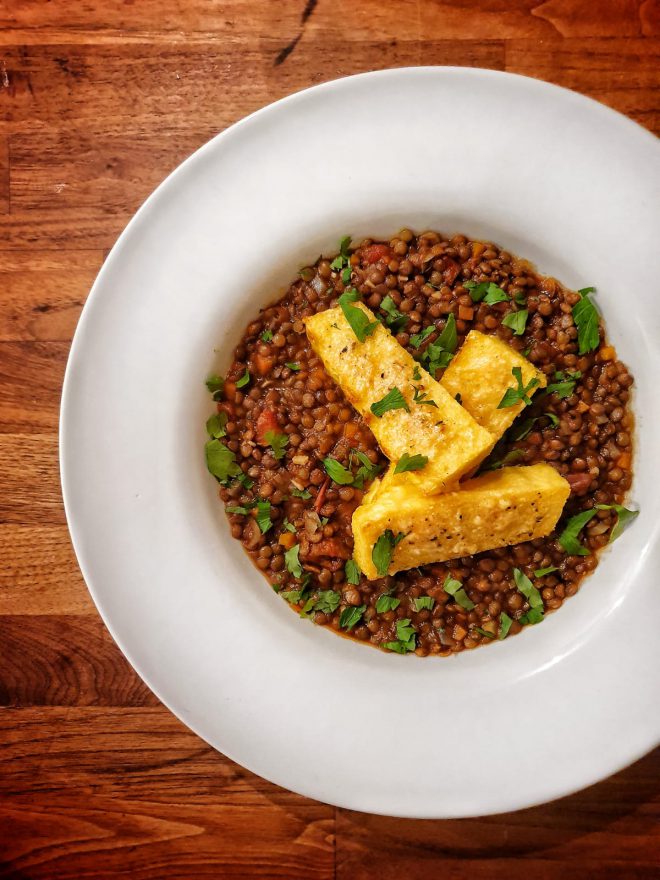My freezer is one of the most essential pieces of equipment in my kitchen. Every day, I’m grateful for my big white box of goodies!
A freezer is so useful not only for storing food but also in helping me to reduce my food waste and cut back on shopping trips/deliveries, allowing me to bulk buy when it is more economical to do so.
I talk a lot about freezing and buying frozen, because it is one of the best weapons with which to fight food waste, get organised and make efficient use of your time and energy in the kitchen, but what can you be filling it with?
Batch cooks
The most obvious place to start is with batch cooking. I recommend to my clients that they plan a regular batch cook, once a week if they can, so that there is always something on hand in the freezer for a night off cooking, to get tea on the table quickly on a busy evening or to deal with changes of plans. It reduces the risk of you opting for a takeaway, a piece of toast or bowl of cereal and then regretting it!
Bolognese, curry, chilli, soups and stews are all great to have in your freezer stash. Generally, anything in a sauce freezes and reheats well. But fish and other pies, lasagne, stir-fries and rice dishes can also be frozen too. You only have to look in the freezer section of the supermarket to get an idea for what you could be freezing.
Think about what you’re put off making because it’s time consuming. Meatballs, burgers (meat or veg) fishcakes, anything that requires flour, egg and breadcrumbing for me. Invest some time to make up a large number of these to feed you for several meals.
Bored of your batch cook?
If you’ve stocked the freezer with some home-made ready meals but now the thought of eating them AGAIN is filling you with dread, then you need to find a way to give your batch cooks a new lease of life.
We don’t have to eat a Bolognese, for example, as Bolognese. We can turn it into a whole new meal. I’ve got plenty of ideas for you in this blog post.
Leftovers
The freezer is a great place for your leftovers if you’re not likely to be able to eat them soon enough. This might be a small portion of a meal, some leftover meat from a roast, bread products, half a tin of something, or it might be some fruit and veg that is going past it’s best and you simply won’t eat in time. Prepare it for the freezer to save it going to waste and enjoy it another day.
Ingredients
When we think of batch cooking, we usually think about whole meals. But batch preparing can extend to components of a meal to make putting together lunch or dinner another night a whole lot quicker.
Cooking some vegetables? It only takes a few more minutes to chop some extra for another day too and store them in the freezer. Other things to batch prepare are beans, lentils, grains, rice, meat and fish.
Have a go at freezing various ingredients that you can grab when you want or need them.
Scraps
If you’ve got the space, your freezer is a great place for storing scraps. In mine, I’ve got a box for mint stalks and leaves which don’t look great as well as ginger, citrus and pineapple peels, which I can use to flavour water or to make herbal teas. The ends of my Parmesan are kept to flavour tomato-based sauces. Bones from my roast chicken go in the freezer with veg scraps if I’m not able to make a stock straight away.
How to store food in the freezer
Freeze food in the smallest portion size possible to allow greater flexibility over how it is used and to reduce waste.
If you’ve got a small amount of freezer space, boxes might not be the best option. You’ll likely find bags allow for a more efficient use of the space (there are some great reusable options available now). I recommend freezing foods in a bag laid flat (perhaps on a tray if a liquid food) then, once frozen, you can stand bags up and store them like files in a cabinet. If you write the contents of the bag at the top you can flick through the bags and quickly find what you’re looking for.
With more freezer space, boxes of the same size stack really well to make efficient use of the box like area. Put the label on the top or the side of the box depending on how you access your freezer, so that you can easily see them. Use masking tape and a thin permanent marker so the labels don’t rub off but can be peeled off easily before the boxes go in the wash.
Keep a list of what you’ve got, preferably with a use by date, so that food doesn’t get forgotten in the depths of the freezer! In a fridge freezer, it’s recommended we eat the food within three months and with a chest freezer, within six months.
There really is very little that doesn’t freeze, so make friends with your freezer and give it a go!
